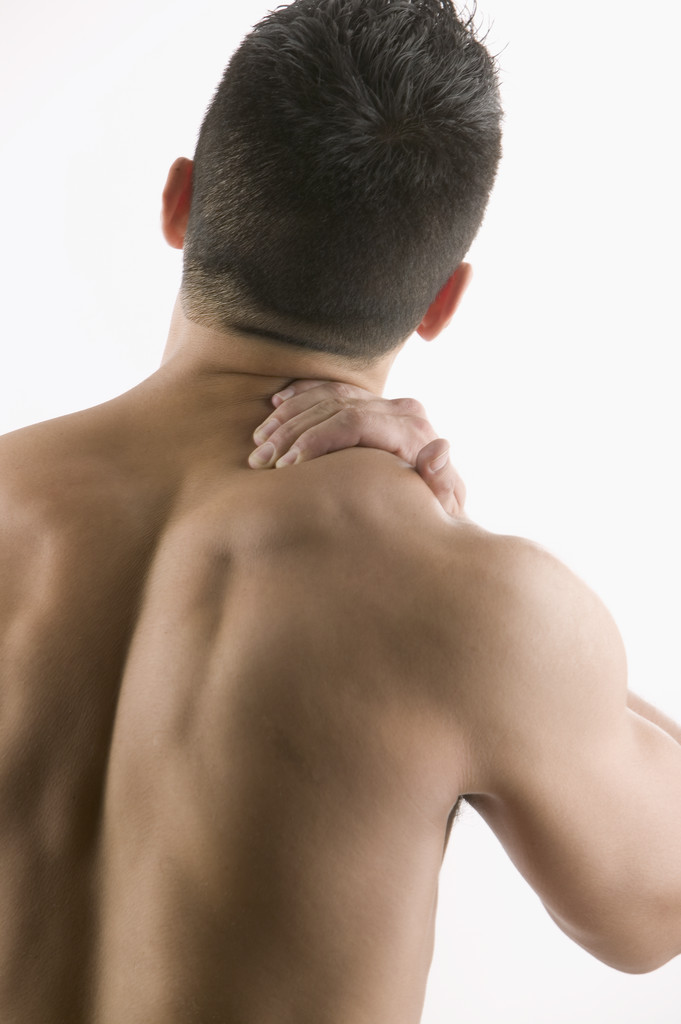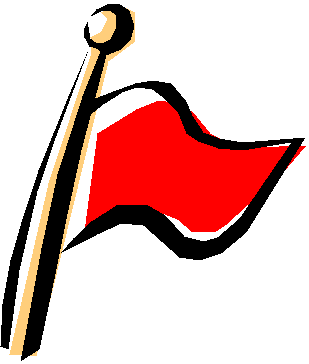Back Pain
The main cause for low back pain is a strain of the muscles, or other soft structures (eg ligaments and tendons) connected to the back bones (vertebrae). Sometimes it is the cushion between the bones (intervertebral disc) which is strained, and which bulges out (herniates) and presses on the nearby nerves (as in sciatica). We can describe back pain in the following terms:
Acute or short-term low back pain which generally lasts from a few days to a few weeks.
Chronic back pain is pain that persists for more than 3 months. It often gets worse (is progressive) and it can be difficult to diagnose the caus.
There are three main types of back pain. These are:
Primary Back Pain results from damage to the soft tissues around the spine. This is felt as a result of:
Trauma (direct injury)
Pain from trauma may be caused by a sports injury, work around the house or in the garden, or a sudden jolt such as a car accident or other stress on spinal bones and tissues. Symptoms may range from muscle ache to shooting or stabbing pain, limited flexibility and range of motion, or an inability to stand straight.
Muscle fatigue – weakness
This is the decline in the ability of a muscle to create force. It is a normal result of vigorous exercise for example the weakness you feel in your legs after a particular lengthy aerobic exercise at the gym. Abnormal fatigue may be caused by prolonged or repetitive use of the same muscle groups.
Disease / illness / pathological changes for example Osteoarthritis or Rheumatoid Arthritis in the spine.
Postural stress
This is a way of describing the strain on the nerves, blood vessels, and soft tissues resulting from our work habits and postures. Mechanical stress from sitting for long hours a day can lead to tight muscles, nerve compression and long term soft tissue inflammation i.e. of muscles, tendons and ligaments.
Secondary Back Pain results from interference with the spinal nerves, affecting their blood supply or ability to transmit impulses. The pain may extend outwards from the back and in around one third of cases it radiates or moves into the buttocks and down the back of the thigh and into the leg (sciatica). This may be associated with symptoms such as tingling in the foot, disturbance of sensation e.g. pins and needles and other signs of nerve involvement.
Referred Back Pain originates from different parts of the body with the same nerve supply but pain is felt in the spine or back for example if you have a urine (water) infection then you may get back ache. Referred pain is usually found in the low back area and can travel to the buttock, groin and thighs. This pain could be a mild or severe and may be achy, dull or move around. There is a huge network interconnecting sensory nerves which supplies many of the tissues of the low back, thigh and pelvis. Therefore, an injury to any of these structures will allow the pain to radiate or to be referred to other structures.
The Management of Back Pain
Most low back pain can be treated without surgery and the episodes of back pain are relatively short lived.
Effective pain relief may involve a combination of prescription drugs and over-the-counter remedies and pain relievers to reduce discomfort and anti-inflammatory drugs to reduce inflammation. An example is Ibubrofen or Paracetamol
The goal of treatment is to restore proper function and strength to the back, and prevent recurrence of the injury.
Some Do’s and Don’ts relating to good back Management
Hopefully some of the following tips will help you to look after your back, try to remember:
- Complete Rest is not an effective treatment for back pain and is recommended for only 1–2 days at most.
- Individuals should resume activities as soon as possible. It may be possible to change or modify some of your normal activities temporarily and avoid activities likely to put unnecessary strain on your back.
- Staying active may make no difference to the level of pain but leads to faster recovery, faster return to work and fewer long term problems
- Exercise may be the most effective way to speed recovery from low back pain and help strengthen back and abdominal muscles.
- Stay active and if at all possible, stay at work. If you do have to be off work, keep this to a minimum, and do not expect to be pain free before you go back.
- Stay fit – regular exercise to keep generally fit is more important than any specific exercises aimed at the back muscles.
- Be aware of the postures you are using in during your daily activities.
- See your doctor if you think you are in one of the red flag categories below which means that you are showing the warning signs shown below. These are factors will lead the doctor to arrange for more rapid investigation and treatment than would otherwise be necessary. They may point to something more serious going on than simple, or mechanical back pain. If any of them applies to you, you should see your doctor soon.
Red Flag Factors
You are younger than 20 or older than 55 when you get back pain for the first time.
The pain follows a violent injury, such as a road traffic accident.
The pain is constant and getting worse.
The pain is in the upper part of the spine.
You have had cancer in the past or at present.
You are on steroids.
You are a drug abuser, or have HIV.
You are generally unwell in yourself.
You have lost significant weight.
You continue to have great difficulty bending forwards.
You have developed a number of problems in your nervous system (e.g. numbness, loss of power, etc).
Look at the Exercises handout to see examples of exercises that you might carry out to strengthen your back and improve your posture….


